How To Care For Newly Planted Trees? 5 Easy Steps And Tips?
OK, so you put up a new tree in the yard. Of course, this begs the question: what happens now? A freshly planted tree requires thorough care, but this does not have to be complicated! Get the tree on a healthy and prosperous start by following these five tree care tips & techniques.
These helpful pointers from Sam’s Tree Service on proper care for newly planted trees will help ensure that they get enough water, mulch, fertilizer, and inspections.
-
Appropriate Mulch Application For Trees
The tree mulching technique is a mathematical challenge. First, maintain a distance of three inches between the mulch and the trunk. Mulch should not be heaped up against a tree since this might lead to rot caused by excess moisture at the root crown (where the tree’s trunk & root ball meet).
Wood rot, degradation, and eventually, the tree’s death might result from this. Lastly, mulch should be spread to the tree’s drip line or the ground under the furthest-reaching limb. This enhances the plant’s capacity to take in soil moisture and nutrients.
-
Fertilizer
If you want your tree to have solid and spread-out roots, you should not fertilize it for the first years. During the first few years of a plant’s life, fertilizer often has a little beneficial effect on the roots.
Organic mulch, which also functions as a slow-release fertilizer, is a better option. There is some debate about whether or not it is beneficial to introduce mycorrhizal fungus to the soil when you plant your tree. A soil test & advice from a tree expert will help you figure out what kind of fertilizer and amendments will work best for your trees.
-
Reduce Tree Size Cautiously
For the first few years following planting, very little, if any, pruning should be done. Remove any branches that are diseased, damaged, or dead. Low forks and V-shaped groynes will need to be removed to prevent the trunk from further splitting.
As the tree matures, it may be trained into a “shade tree” shape by removing lower side branches from the box. You should never remove the collar when cutting a branch away from the trunk.
-
Get Some Quality Tree Time In
Keeping a close check on the new tree is the most critical thing you can do. Keep an eye out for pests and diseases like any freshly planted item. Common causes of these are transplant shock and drought.
Also, verify that neither the earth is shifting nor the roots are growing upward. Although the tree will need less attention during the first few years as it becomes acclimated to its new home, regular checks are still recommended. Moreover, it is beneficial for you to be among trees.
-
Constantly Inspect For Pests
Insects and diseases are significant threats to newly planted trees. Any insect or animal that causes damage to the tree’s leaves or trunk between late winter and early summer should be considered a significant threat. Loopers, also known as inchworms, bagworms, or other spring-feeding caterpillars, are all potentially harmful insects.
In addition, anthracnose, leaf rust, and fire blight are just a few of the diseases that need to be monitored. Follow this to proper care for newly planted trees.
Conclusion
Talk to a local garden center, arborist, forester, or extension agent to learn about effective management. Repairing the tree with one less susceptible to pests may be preferable if they are a constant nuisance. Follow these tree care tips & techniques.
Looking for Expert Tree Removal in Santa Rosa, CA? Sam’s Tree Service can Help!
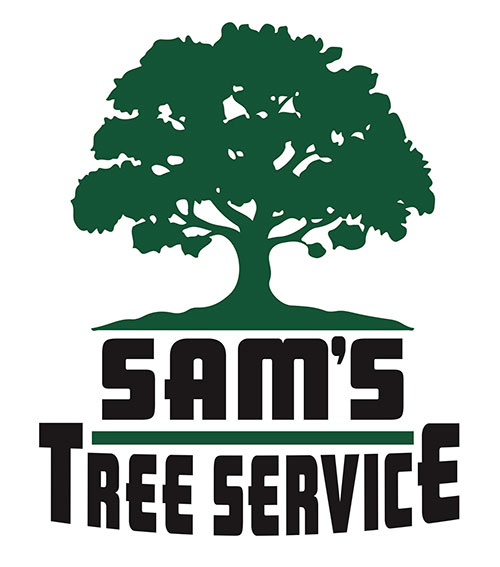
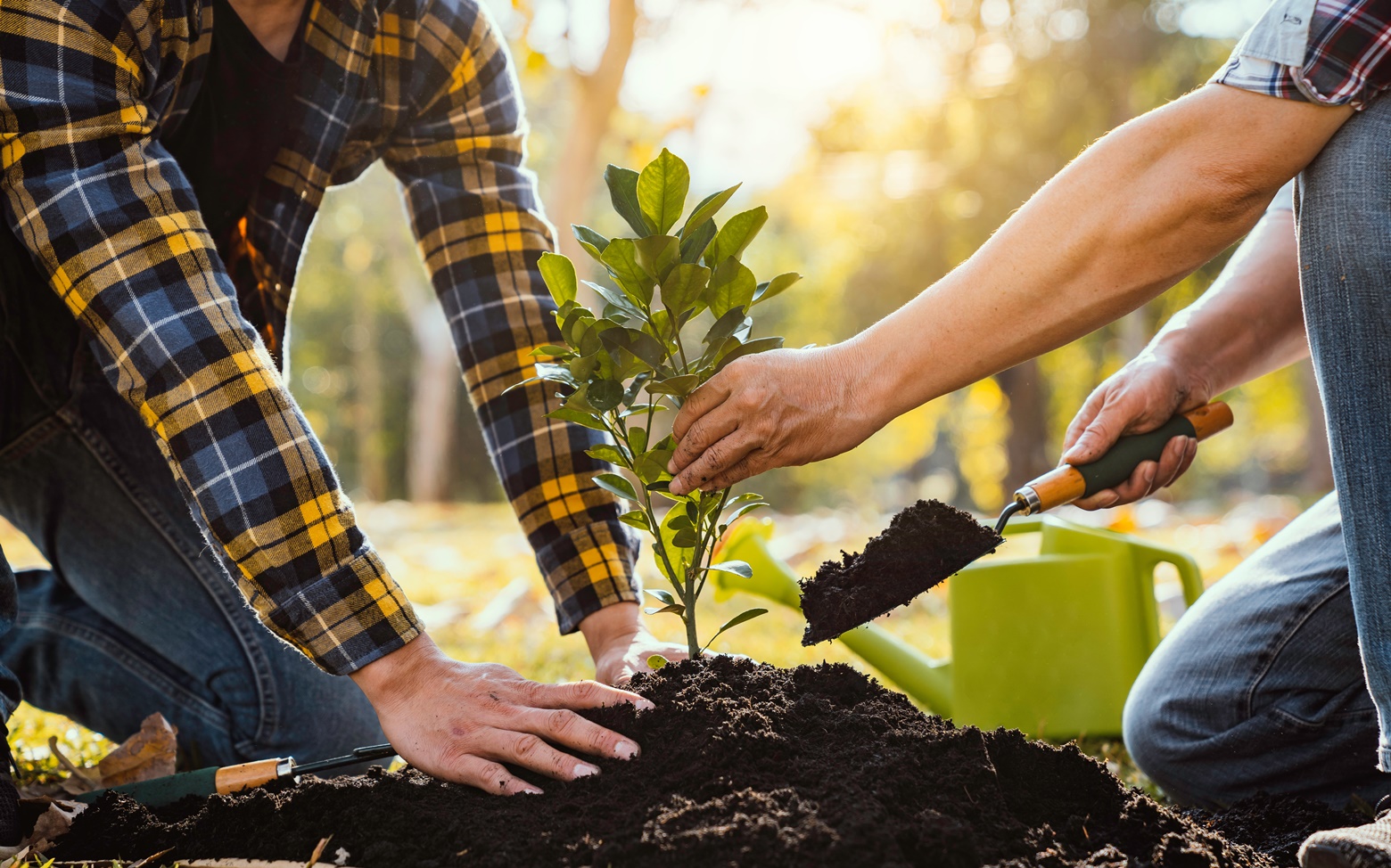
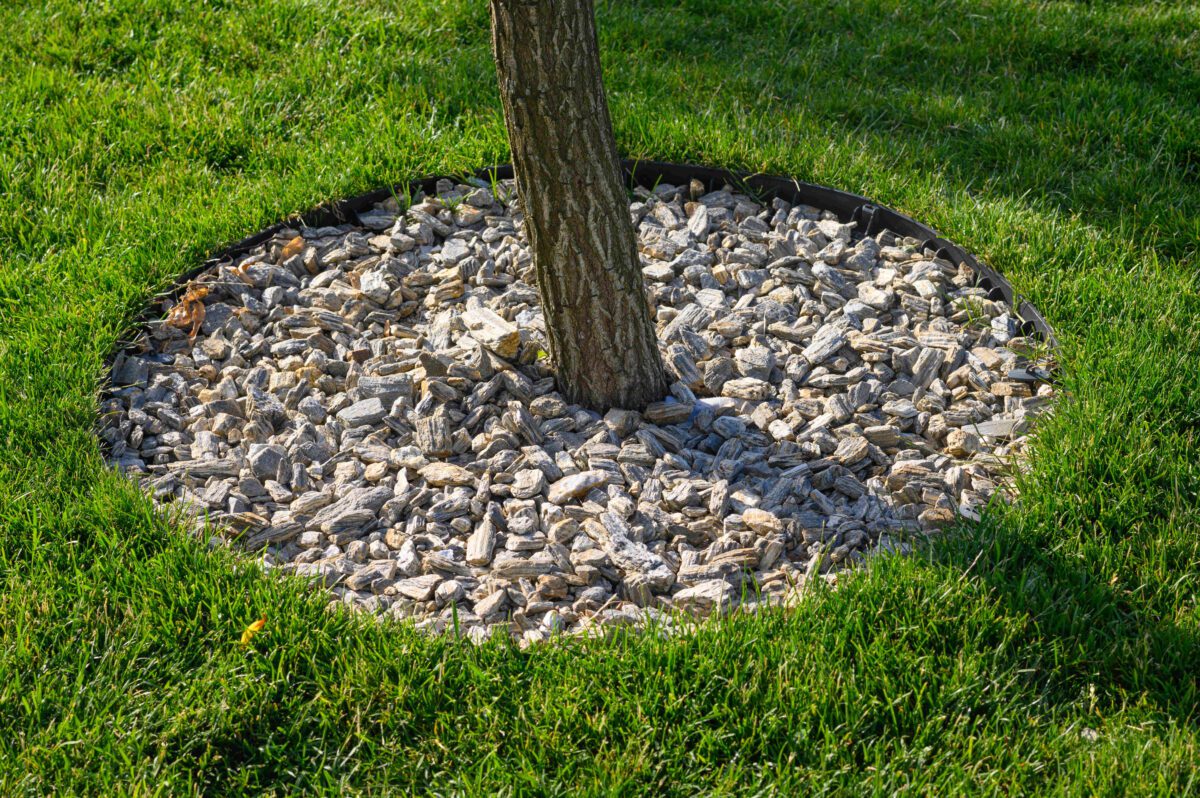
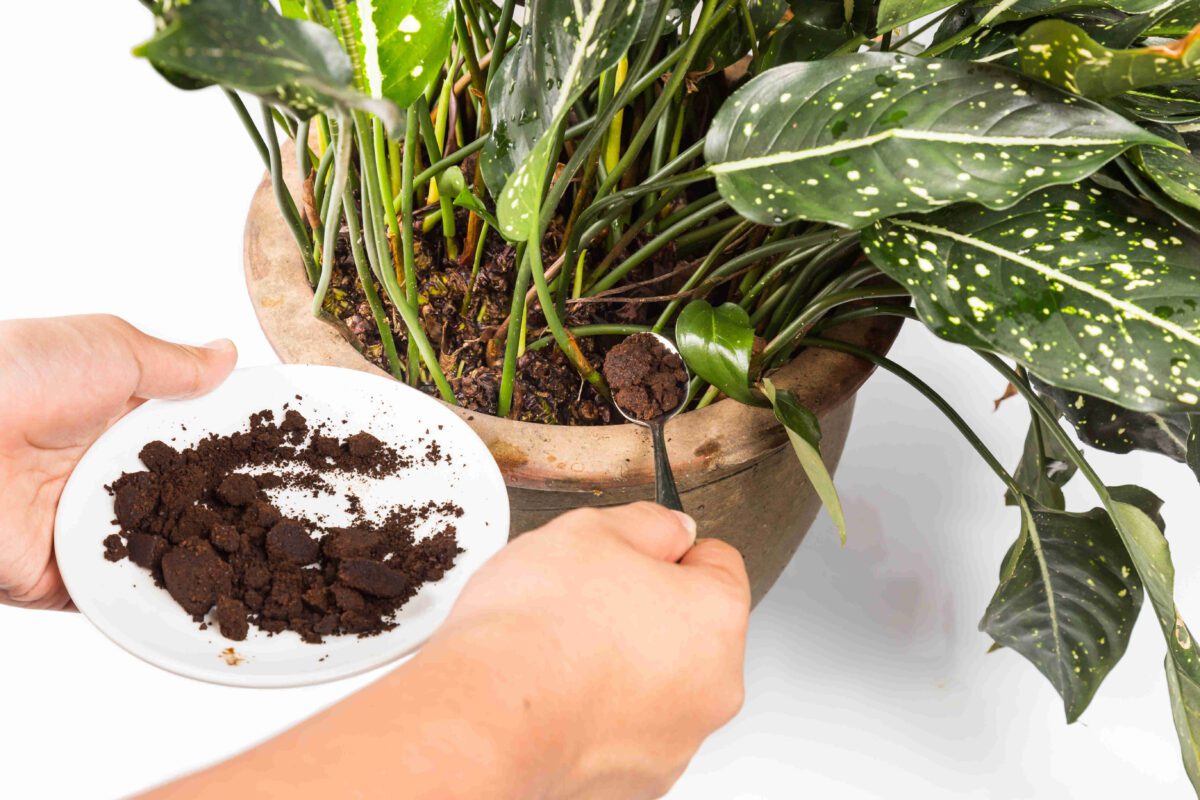

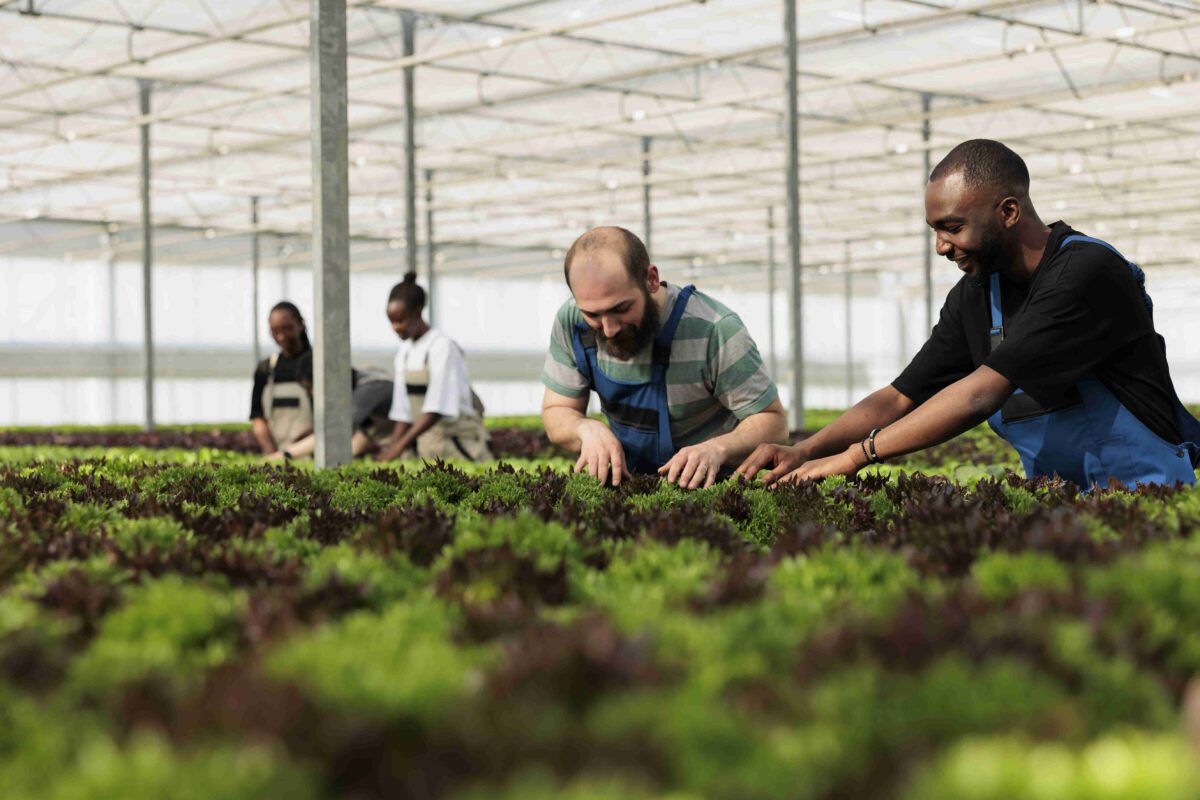
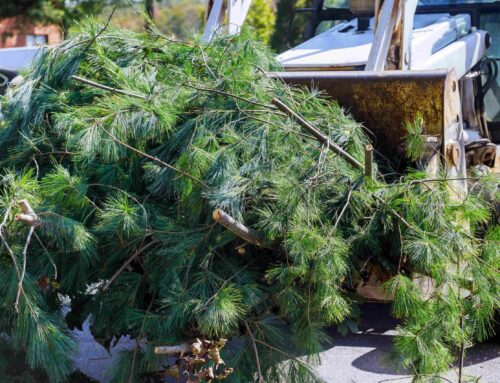
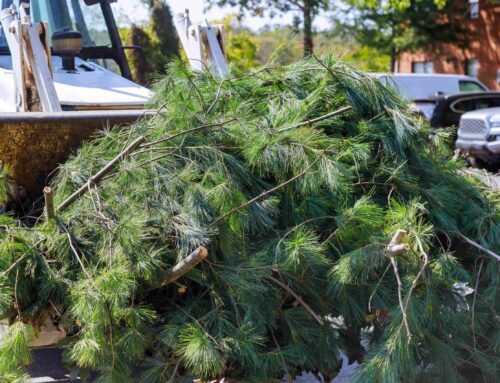
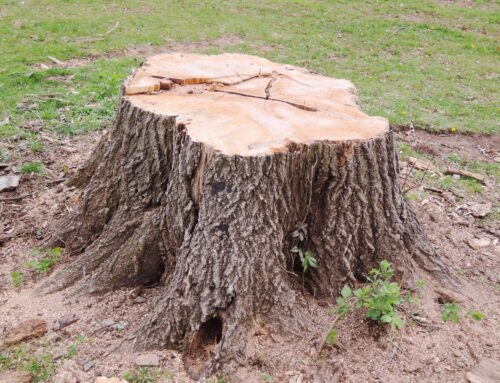
Leave A Comment
You must be logged in to post a comment.